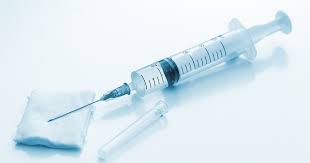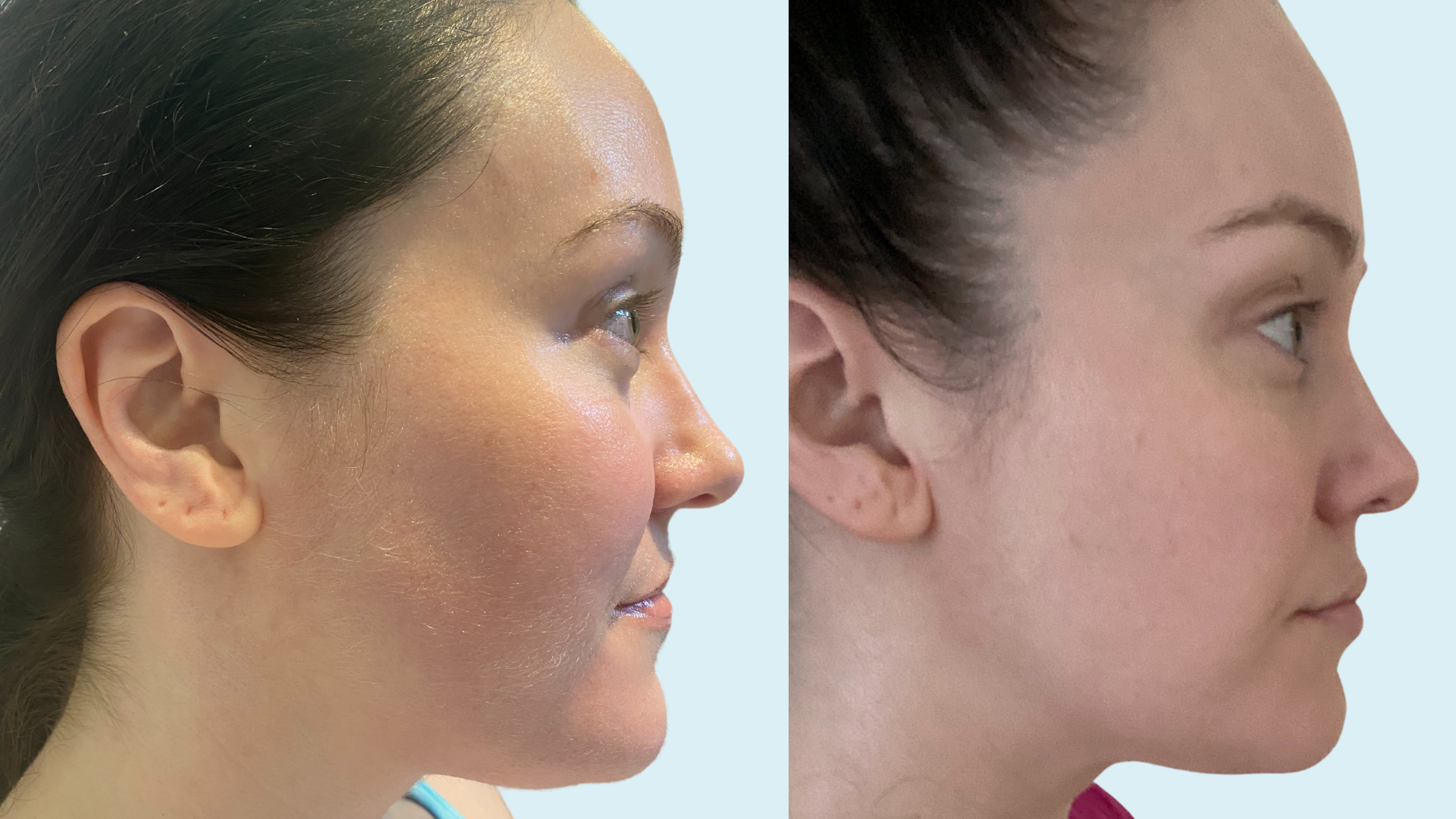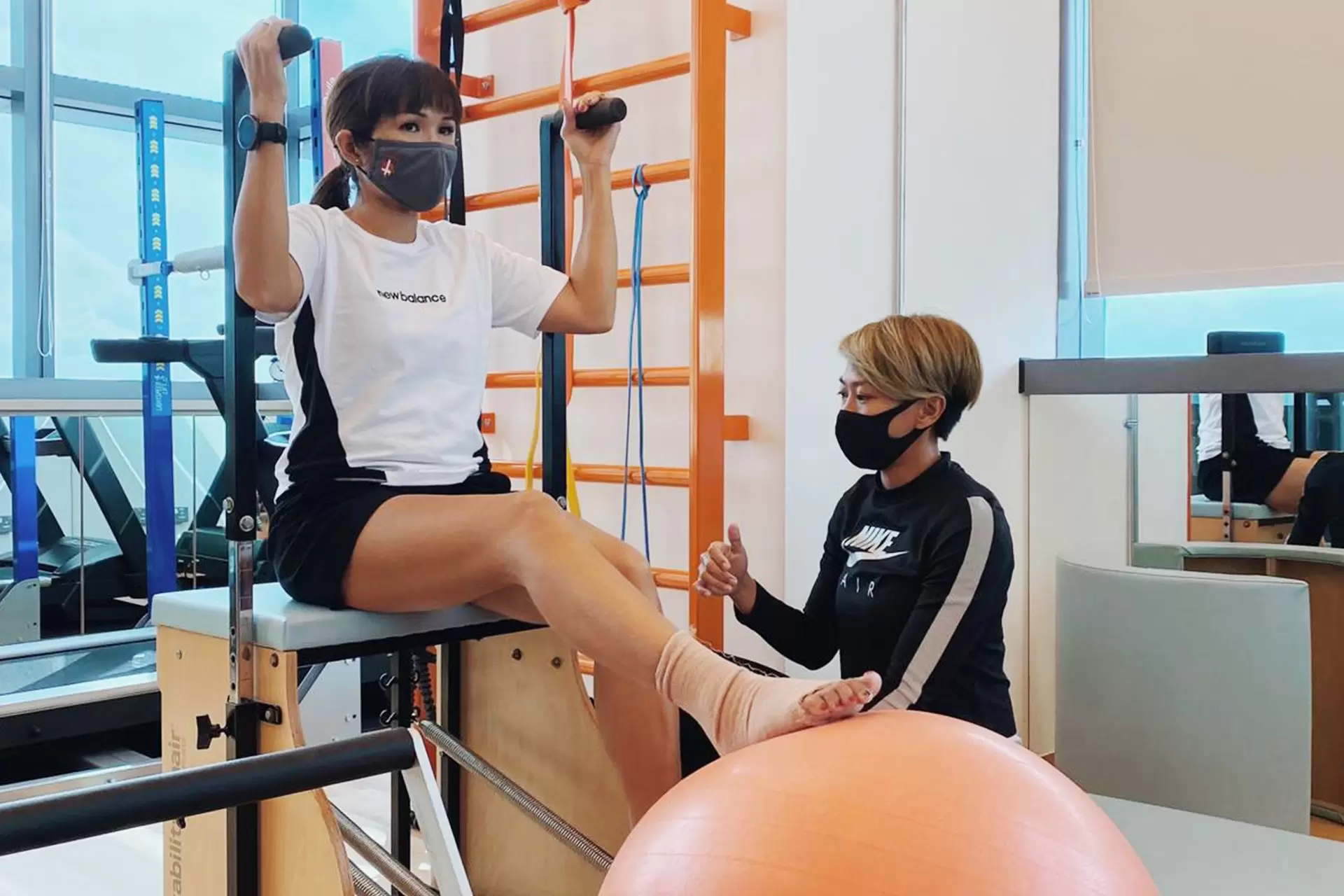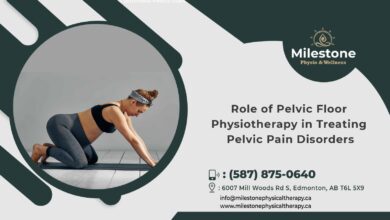Disposable Hypodermic Syringes: Revolutionizing Healthcare

In the intricate tapestry of modern medicine, few innovations have had as profound an impact as disposable hypodermic syringes. These small but vital tools represent a significant leap forward in healthcare delivery, offering a safer and more efficient means of administering medications and fluids. From their inception to their widespread adoption, the journey of disposable syringes is a testament to human ingenuity and the relentless pursuit of better healthcare outcomes.
The Genesis of Medical Syringes: Early Beginnings
The history of syringes is intertwined with the evolution of medical practice itself. Early civilizations devised crude instruments for delivering liquids into the body, laying the groundwork for the sophisticated devices used in modern healthcare. However, it wasn’t until the 19th century that the hypodermic syringe, capable of precise and controlled injections, emerged as a revolutionary tool in medical treatment.
The Need for Single-Use Solutions: Addressing Healthcare Challenges
While reusable syringes were once standard in medical settings, they came with inherent risks. The potential for contamination and the spread of infectious diseases posed significant threats to patient safety. The advent of disposable hypodermic syringes addressed these concerns head-on, providing a hygienic and convenient alternative that revolutionized the practice of medicine.
Innovation in Healthcare: Introducing Disposable Syringes
The introduction of disposable hypodermic syringes marked a paradigm shift in medical technology. Made from lightweight and durable materials such as plastic, these syringes were designed for single use, eliminating the need for sterilization and reducing the risk of infection. This innovation not only enhanced patient safety but also streamlined medical procedures, saving time and resources for healthcare providers.
Advantages of Disposable Hypodermic Syringes: Enhancing Patient Care
Disposable syringes offer a myriad of benefits over their reusable counterparts. Beyond the obvious reduction in infection risk, these syringes ensure consistent dosing accuracy and eliminate the potential for human error associated with cleaning and sterilization processes. Moreover, their widespread availability and affordability make them indispensable tools in healthcare settings worldwide.
Regulatory Standards and Quality Assurance: Ensuring Safety and Compliance
The production and distribution of disposable hypodermic syringes are subject to rigorous regulatory oversight to ensure their safety and efficacy. Regulatory agencies, such as the FDA in the United States and the EMA in Europe, set stringent standards for the manufacturing and testing of medical devices. Compliance with these standards is essential to safeguarding patient health and maintaining public trust in the healthcare system.
Global Impact and Accessibility: Bridging Healthcare Disparities
The global impact of disposable syringes cannot be overstated. These affordable and readily available devices have democratized access to essential medical interventions, particularly in resource-limited settings. From vaccination campaigns to disease prevention programs, disposable syringes play a crucial role in improving public health outcomes and reducing healthcare disparities worldwide.
Environmental Considerations: Balancing Convenience and Sustainability
While disposable syringes offer undeniable benefits in terms of convenience and safety, they also raise environmental concerns. The widespread use of single-use plastics contributes to pollution and waste accumulation, posing ecological challenges for future generations. Efforts to develop biodegradable or reusable alternatives are underway, aiming to strike a balance between medical innovation and environmental sustainability.
Technological Advancements: Driving Continuous Improvement
Technological advancements continue to shape the evolution of disposable hypodermic syringes. Innovations such as safety-engineered syringes with retractable needles or protective shields further enhance user safety and minimize the risk of needlestick injuries. Digital solutions, such as smart syringes equipped with RFID tags or barcode scanners, offer improved medication management and tracking capabilities, ensuring accountability and efficiency in healthcare delivery.
Education and Training: Empowering Healthcare Professionals
Effective utilization of disposable hypodermic syringes requires comprehensive education and training for healthcare professionals. Proper technique and handling practices are essential to minimize the risk of needlestick injuries and ensure accurate medication administration. Training programs and certification courses equip healthcare workers with the knowledge and skills necessary to safely and efficiently utilize disposable syringes in clinical settings, ultimately enhancing patient care and reducing healthcare-associated infections.
Public Awareness and Advocacy: Promoting Safe Injection Practices
Public awareness campaigns and advocacy efforts play a crucial role in promoting safe injection practices and reducing the stigma associated with needle use. Educating communities about the importance of using sterile, disposable syringes for medical procedures helps dispel misconceptions and fosters a culture of responsibility and accountability. By empowering individuals to make informed choices about their healthcare, these initiatives contribute to overall public health and well-being.
Addressing Challenges and Overcoming Barriers
Despite the widespread adoption of disposable hypodermic syringes, several challenges persist, hindering their universal accessibility and utilization. Economic constraints, particularly in low-income countries, may limit the availability of disposable syringes and hinder efforts to combat infectious diseases effectively. Additionally, inadequate infrastructure and healthcare resources pose logistical challenges, impeding the distribution and proper disposal of medical waste.
Collaboration and Partnerships: Driving Sustainable Solutions
Addressing the complex challenges associated with disposable hypodermic syringes requires collaborative efforts and strategic partnerships across sectors. Governments, non-profit organizations, academia, and the private sector must work together to develop sustainable solutions that prioritize patient safety, environmental conservation, and healthcare equity. By pooling resources and expertise, stakeholders can leverage collective strengths to overcome barriers and drive positive change in healthcare delivery systems globally.
Innovations in Waste Management: Promoting Environmental Responsibility
Effective waste management strategies are essential to mitigate the environmental impact of disposable hypodermic syringes. Recycling initiatives, incineration facilities, and controlled disposal methods help minimize pollution and reduce the accumulation of medical waste in landfills and waterways. Furthermore, research into biodegradable materials and eco-friendly manufacturing processes holds promise for reducing the ecological footprint of disposable syringes without compromising performance or safety.
Ethical Considerations: Upholding Patient Rights and Dignity
Ethical principles guide the responsible use of disposable hypodermic syringes, emphasizing respect for patient autonomy, confidentiality, and dignity. Healthcare providers must prioritize informed consent and transparent communication when administering medical interventions involving syringes, ensuring that patients understand the risks and benefits associated with their care. Additionally, efforts to minimize waste and environmental harm align with broader ethical imperatives to safeguard the well-being of present and future generations.
The Future of Healthcare: Innovating for Impact
Looking ahead, the future of healthcare hinges on continuous innovation and adaptation to emerging challenges and opportunities. Advancements in biotechnology, nanotechnology, and digital health hold promise for revolutionizing medical treatments and improving patient outcomes. By harnessing the power of technology and interdisciplinary collaboration, healthcare stakeholders can drive meaningful change and create a more equitable, sustainable healthcare ecosystem for all.
.How do disposable syringes contribute to patient safety?
Disposable syringes eliminate the need for sterilization and reduce the risk of contamination, thereby enhancing patient safety during medical procedures. Their standardized design ensures consistent dosing accuracy, critical for administering medications safely and effectively. Additionally, disposable





